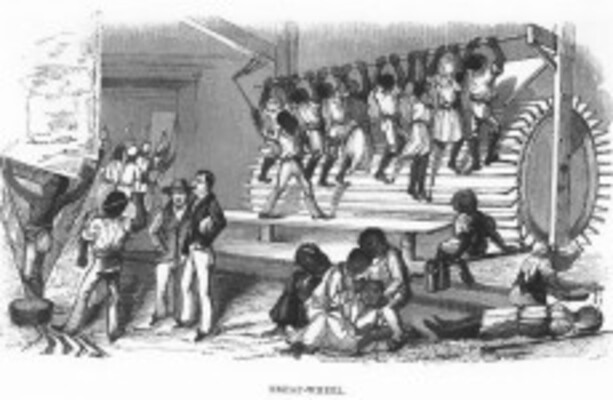5fish
Well-Known Member
- Joined
- Jul 28, 2019
- Messages
- 10,699
- Reaction score
- 4,551
I found this interesting for Nantes, France was the center of the French slave trade. It was the Irish who ran the French slave trade to the New World. It seems when the Irish leaders lost revolts against their English overlords. they would flee to Nantes, France... @PatYoung may know something about these Irish fellows...

 www.nytimes.com
www.nytimes.com
snip...
The expression ''Irish of Nantes'' denotes a community formed in the 17th century and of great importance in the 18th century. It was originally composed of Jacobite political refugees fleeing the violence of Britain's revolutions, particularly the Glorious Revolution of 1688.
snip...
France was the third largest of the European slave-trading nations after Portugal and England, transporting an estimated 1.3 million to 1.4 million captives from Africa to the French colonies of Guadeloupe, Haiti, Martinique, Louisiana and French Guiana, where they were sold into slavery. The traders then brought back sugar, coffee, chocolate, spices and rum to Nantes, the city with the largest share of the French trade, transporting some 450,000 to 550,000 slaves.
snip...
Some streets in the old town are named for slave traders, who were some of Nantes’s biggest patrons — funding schools, universities and orphanages. A number of houses in the Isle Feydeau, one of the most beautiful quarters, were built by slave traders, and discreet signs of their business remain. Limestone facades are ornamented with occasional caricatures of African captives: thick-lipped, broad-nosed and with curly hair.

‘They Threw Themselves Into the Sea, 14 Black Women, All Together’ (Published 2018)
Nantes played a major role in the European slave trade. Its museum and memorial are a model for other French cities grappling with their histories.
snip...
The expression ''Irish of Nantes'' denotes a community formed in the 17th century and of great importance in the 18th century. It was originally composed of Jacobite political refugees fleeing the violence of Britain's revolutions, particularly the Glorious Revolution of 1688.
snip...
France was the third largest of the European slave-trading nations after Portugal and England, transporting an estimated 1.3 million to 1.4 million captives from Africa to the French colonies of Guadeloupe, Haiti, Martinique, Louisiana and French Guiana, where they were sold into slavery. The traders then brought back sugar, coffee, chocolate, spices and rum to Nantes, the city with the largest share of the French trade, transporting some 450,000 to 550,000 slaves.
snip...
Some streets in the old town are named for slave traders, who were some of Nantes’s biggest patrons — funding schools, universities and orphanages. A number of houses in the Isle Feydeau, one of the most beautiful quarters, were built by slave traders, and discreet signs of their business remain. Limestone facades are ornamented with occasional caricatures of African captives: thick-lipped, broad-nosed and with curly hair.
Last edited:





